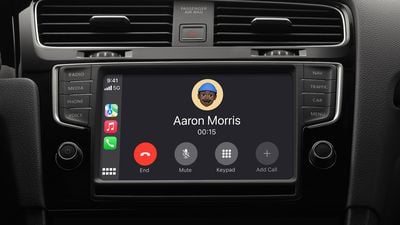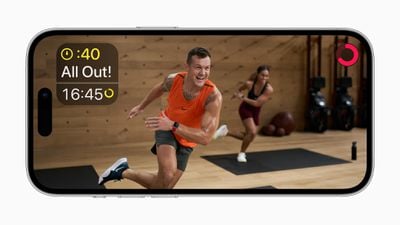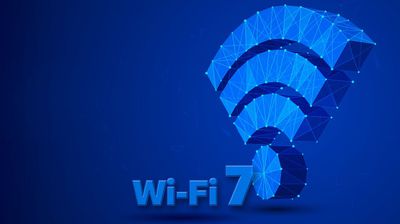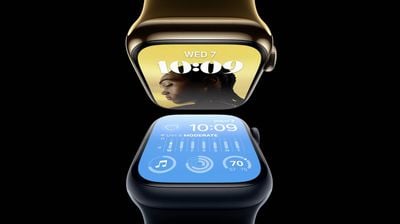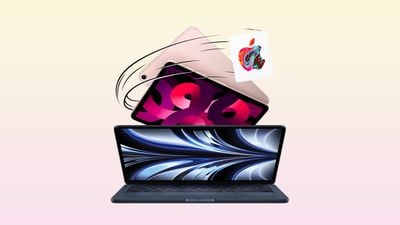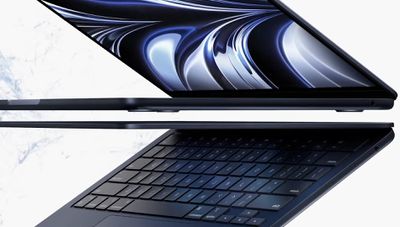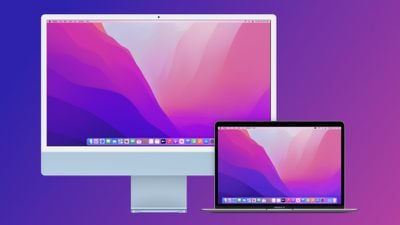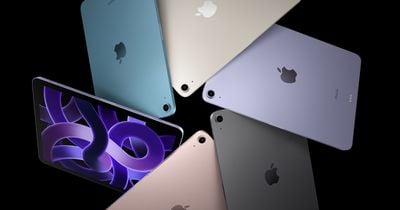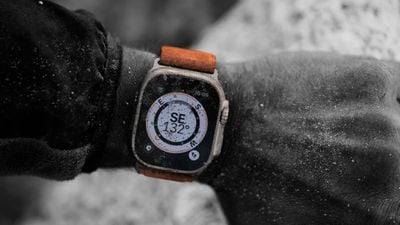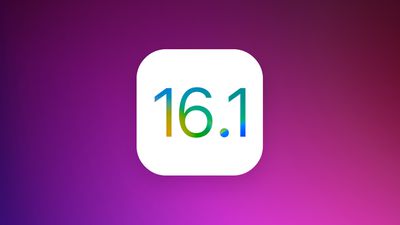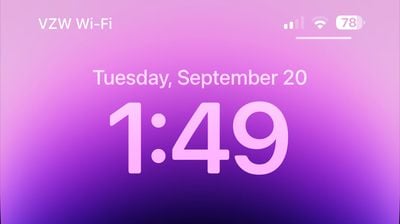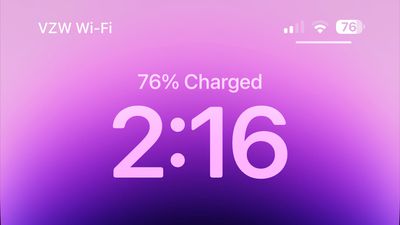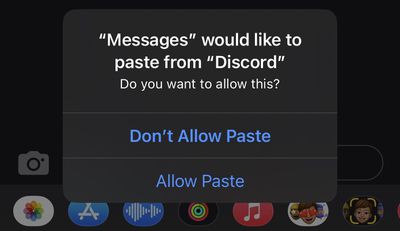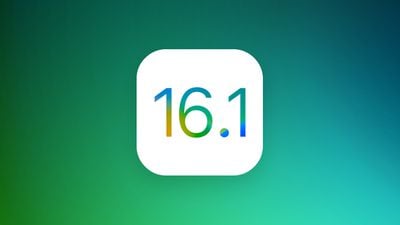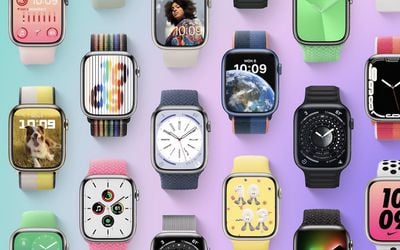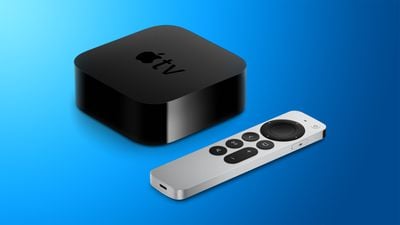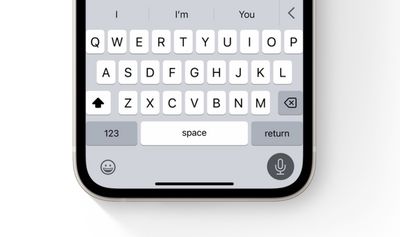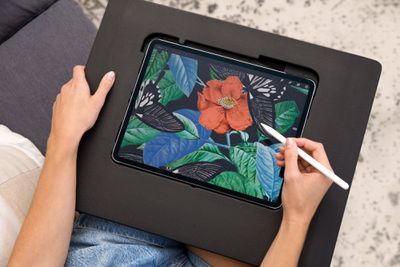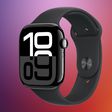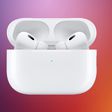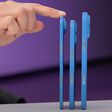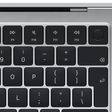Rumors suggest Apple will announce new 11-inch and 12.9-inch iPad Pro models as soon as next month. The new iPads will be the first update to the iPad Pro series since April 2021 and will be an overall incremental upgrade that brings new capabilities and functionality to the highest-end iPad.
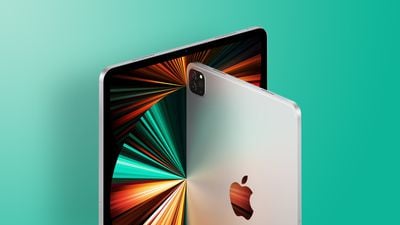
According to reports, Apple is planning an event for October to announce the new iPad Pro models, a new baseline iPad, and updates to the Mac. As we approach October, we've outlined the five biggest features and changes we might see for the upcoming iPad Pro.
Wireless Charging
The next iPad Pro is expected to include some form of wireless charging capability, according to a report from Bloomberg. Per reports, Apple has tested a glass back instead of an aluminum enclosure or using a larger glass Apple logo for the upcoming iPads, which would allow for wireless charging, although Apple has experienced some challenges implementing the technology. Apple is also reportedly considering adding MagSafe to the iPad, but how it would be implemented remains unknown.
New Connector
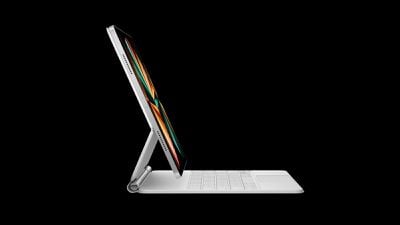
The upcoming iPad Pro will reportedly feature two new four-pin connectors of some sort, distinguished from the current three-pin Smart Connector in the iPad Pro. The current three-pin Smart Connector in the iPad Pro is used to connect accessories such as the Magic Keyboard. The inclusion of an updated four-pin connector could expand the type of accessories supported on the iPad.
M2 Chip
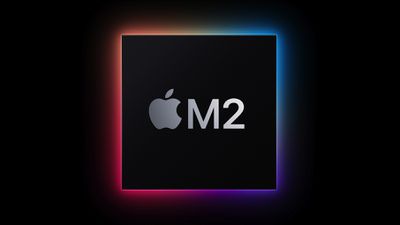
The current iPad Pro features the M1 Apple silicon chip announced in November 2020. The M1 chip was the Apple's first Mac-specific custom processor, and a few months later it also came to the iPad Pro. For the upcoming iPad Pro, Apple is expected to use the newer M2 chip, announced this past June. The M2 chip is up to 20% faster than the M1 chip, according to Apple.
In the iPad Pro, the M2 chip will power features such as Stage Manager, coming with iPadOS 16, which lets users link an iPad to an external display and have overlapping windows. iPadOS 16 will be released in October, according to Apple, most likely alongside the updated iPad Pro.
New Apple Pencil?
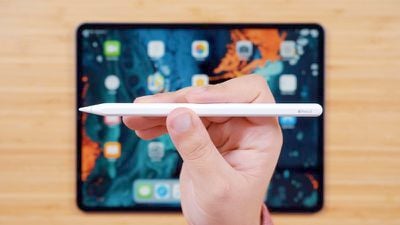
A video in April 2021 allegedly showcased the third-generation Apple Pencil with a glossy finish and a redesigned tip. Despite the alleged leak, Apple has not announced a new Apple Pencil since the second-generation model debuted in 2018, making it almost four years old.
It's been over a year since we've heard any significant rumors about a new Apple Pencil, so it's unclear where things stand at the moment. If there is indeed a new Apple Pencil coming, we aren't expecting major design changes but there could be some improvements to latency thanks to internal hardware upgrades and software optimizations.
Reverse Wireless Charging?
According to Bloomberg, Apple has tested reverse wireless charging for the iPad Pro, which would allow iPad users to charge their AirPods or iPhone by laying them on the back of the iPad. Rumors have suggested Apple eventually plans to bring bilateral charging to the iPhone for accessories such as AirPods, but that has not yet happened.



